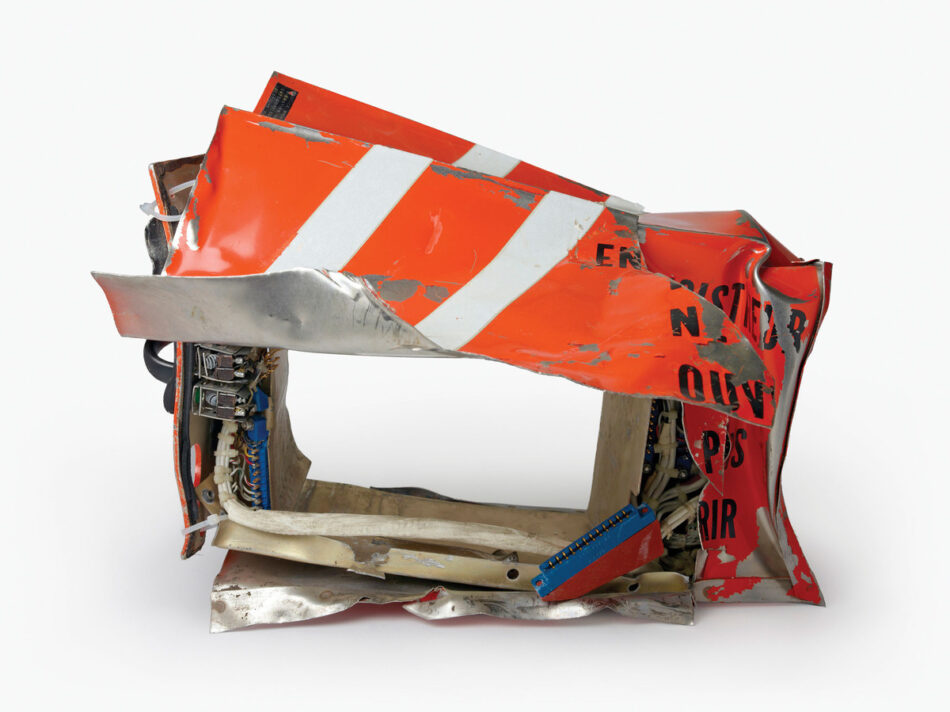Black Box
“Tawakkaltu ala-Allah.” Those words were repeated 10 times over the course of a few moments against a soundtrack of klaxons, engine noise, wind shriek, and autopilots urging the crew to “Pull up.” Two minutes after the phrase was first uttered by a relief pilot, alone on the flight deck of EgyptAir 990, the Boeing 767 under his command struck the Atlantic Ocean on October 31, 1999, just south of Nantucket in Massachusetts, killing all 217 people on board.
Its black boxes were recovered from the seabed, and, after complex investigations, the National Transportation Safety Board divined the voice and data they contained as evidence of a calculated action by the pilot, rather than an Act of God. The airline insisted otherwise: the Arabic oath (which translates to “I am putting my trust in Allah”) did not precede a suicidal dive; instead, its intonation implied that the pilot was praying in response to a systemic failure undocumented by the flight recorders—baggage bombs, stray missiles, bad weather, and electromagnetic pulses were all plausible causes.
Paul Virilio has suggested that technology only ever frames accidents. That truth has given rise to the black box, by means of which technical failures or pilot errors can be replayed and grasped, so as to sustain broad faith in our dreams of flight. The survival of the black box is a function of its design philosophy. Pulled from the wreckage is a set of components; the black box is one of the only elements that almost always functions according to plan. It is a remnant of the airframe that can reconstruct the enormity of the accident, in streams of data and tracks of voice.

The term “black box” predates the flight data recorder (FDR) and cockpit voice recorder (CVR), the discrete telemetric devices to which it is most commonly applied. It emerged from the Royal Air Force Bomber Command in World War II; black boxes were primitive computers that, with uncanny accuracy, guided night raids to targets over Western Europe. Thereafter, Norbert Wiener abstracted the label into cybernetics and cognitive psychology, assigning it to systems controlled by input and output—such as microprocessors or human brains—whose inner workings are inaccessible to their users.
The first device with a specific post-accident application was developed in 1954 by David Warren, a young Australian researcher whose father had died 20 years earlier in a de Havilland airliner crash over the Bass Strait. The arrival of the CVR caused immediate suspicion among aircrews, who regarded the black box as a tool for Big Brother. However, complaints dwindled once it was understood that its systematization precluded routine surveillance; the mechanism records 30 minutes of voice and data, which is accessed and analyzed only when investigating an incident or accident.
David Pascoe is Professor of English Literature and Culture at the University of Utrecht. His research focuses on interactions between literary and visual culture and technology.
